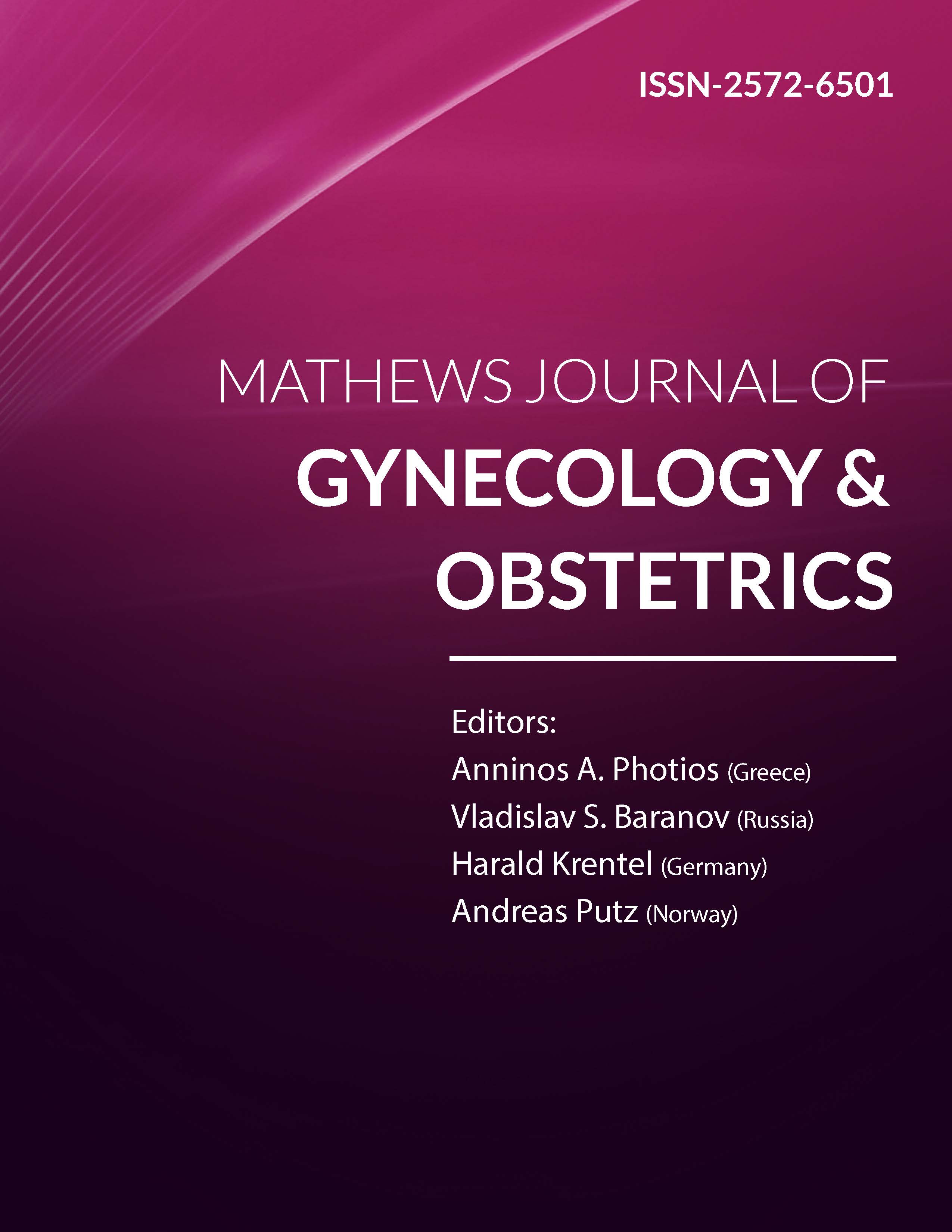
Information Links
Previous Issues Volume 7, Issue 1 - 2023
A Study of The Attitude of Health Care Providers Working in Ganjavian Hospital in Dezful City towards Normal Vaginal Delivery and Cesarean Section
Sima Janati1, Mojgan Montazeriyan2,*, Aziz Kassani3, Susan Kianmanesh4
1Department of Obstetrics and Gynecology, School of Medicine, Research and Clinical Center for Infertility, Dezful University of Medical Sciences, Dezful, Iran
2Department of Midwifery, Home Care Research Center, Dezful Branch, Islamic Azad University, Dezful, Iran
3Department of Community Medicine, Faculty of Medicine, Dezful University of Medical Sciences, Dezful, Iran
4Master of Clinical Psychology, Ganjavian Hospital, Dezful, Iran
*Corresponding author: Mojgan Montazeriyan, Department of Midwifery, Home Care Research Center, Dezful Branch, Islamic Azad University, Dezful, Iran, Tel: +98-9163474668; E-mail: [email protected].
Received Date: January 16, 2023
Published Date: February 16, 2023
Citation: Montazeriyan M, et al. (2023). A Study of The Attitude of Health Care Providers Working in Ganjavian Hospital in Dezful City towards Normal Vaginal Delivery and Cesarean Section. Mathews J Gynecol Obstet. 7(1):24.
Copyrights: Montazeriyan M, et al. © (2023).
ABSTRACT
Introduction: Cesarean section is a common surgical intervention in the world. Caesarean birth is life-saving for mother and her newborn. However, overuse of it is a global health concern. The aim of this study was to examine the attitudes of health care providers towards the mode of delivery. Methods: In this cross-sectional-analytical study, the study population consists of obstetricians, nurses and midwives working in labor wards, gynecological surgery wards and operating rooms of Ganjavian hospital in Dezful. After obtaining written consent, a questionnaire is available. They consisted of two parts: the first part included demographic information (age, sex, work or education history, marital status, type of delivery, number of children and history of abortion; stillbirth or infant death) and the second part included a questionnaire measuring attitudes toward The delivery was normal and cesarean section. The questionnaire used in this study is a standard questionnaire that was validated by Heidari et al. in 2014. SPSS software version 20 was used for data analysis. Student's t-test was used to evaluate the mean difference. Results: Out of 105 participants in the present study, 12 were obstetricians (11.4%), 21 were nurses (20%) and 70 (66.6%) were midwives. Findings of the study showed that the majority of obstetricians (91.7%) and the majority of midwives (87.1%) and most nurses (87.5%) had a neutral attitude towards cesarean section. None of the obstetricians and nurses had a positive attitude towards cesarean section. Physicians had a more neutral attitude towards cesarean section than nurses and midwives. Nurses did not have a negative attitude towards normal vaginal delivery. In addition, midwives had a more positive attitude towards normal vaginal delivery than doctors and nurses. Conclusion: It seems that different attitudes towards the mode of delivery can be confusing for pregnant women. A prerequisite for a safe delivery is a close working relationship between the obstetrician and midwife/nurse.
Keywords: Attitude, Midwife, Obstetrician, Nurse, Mode of Delivery, Health Care Providers.